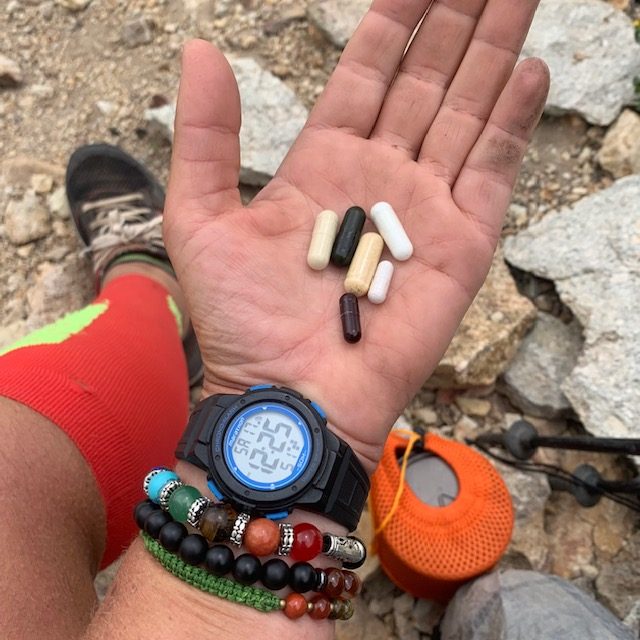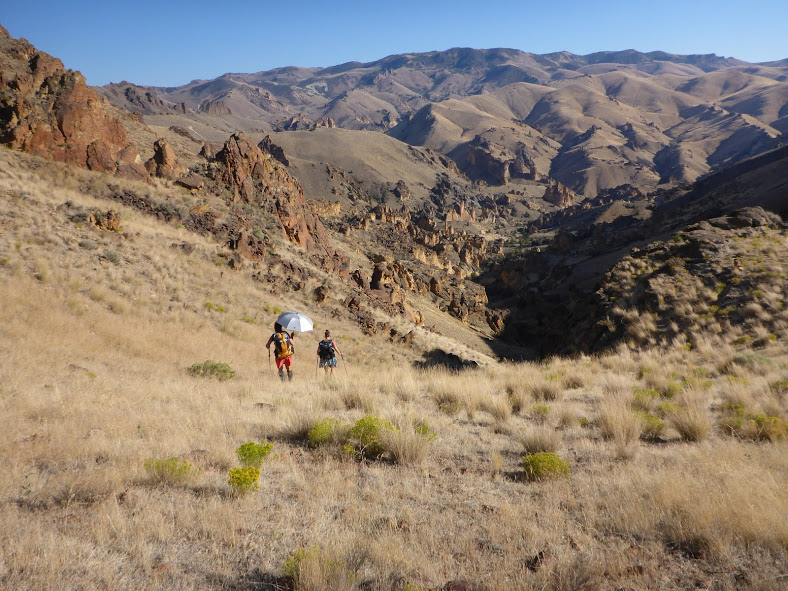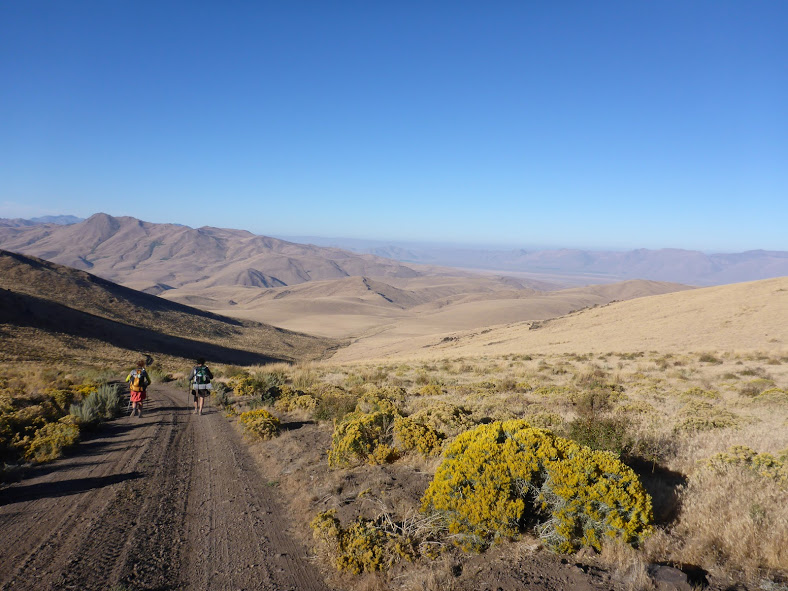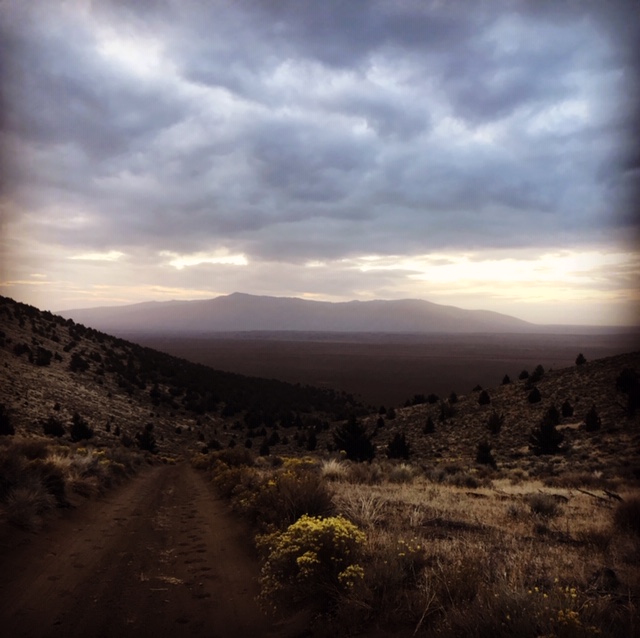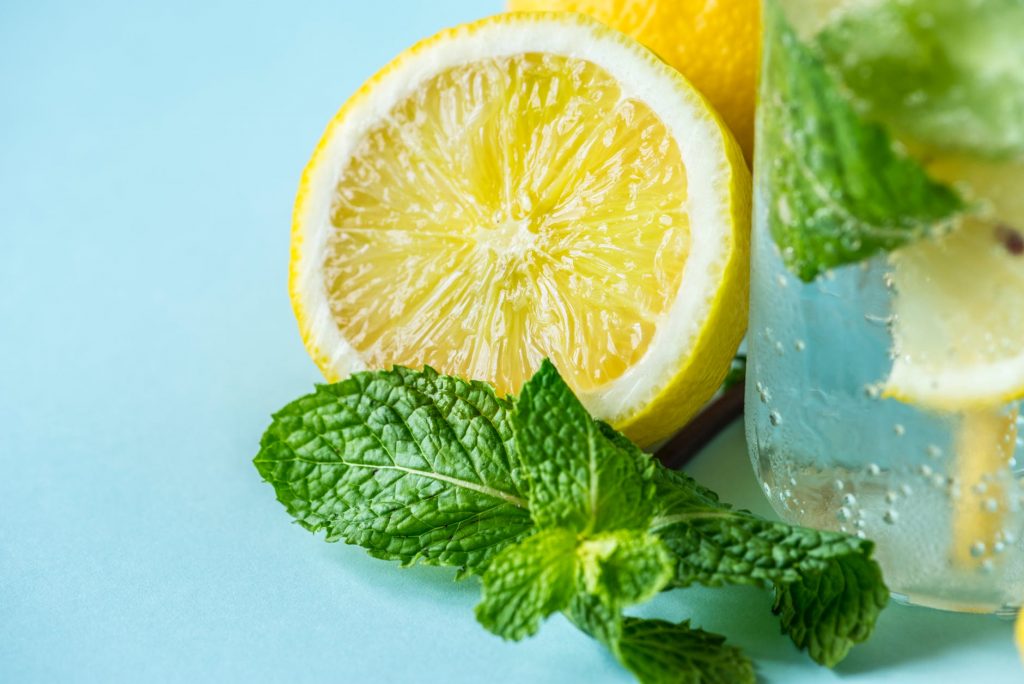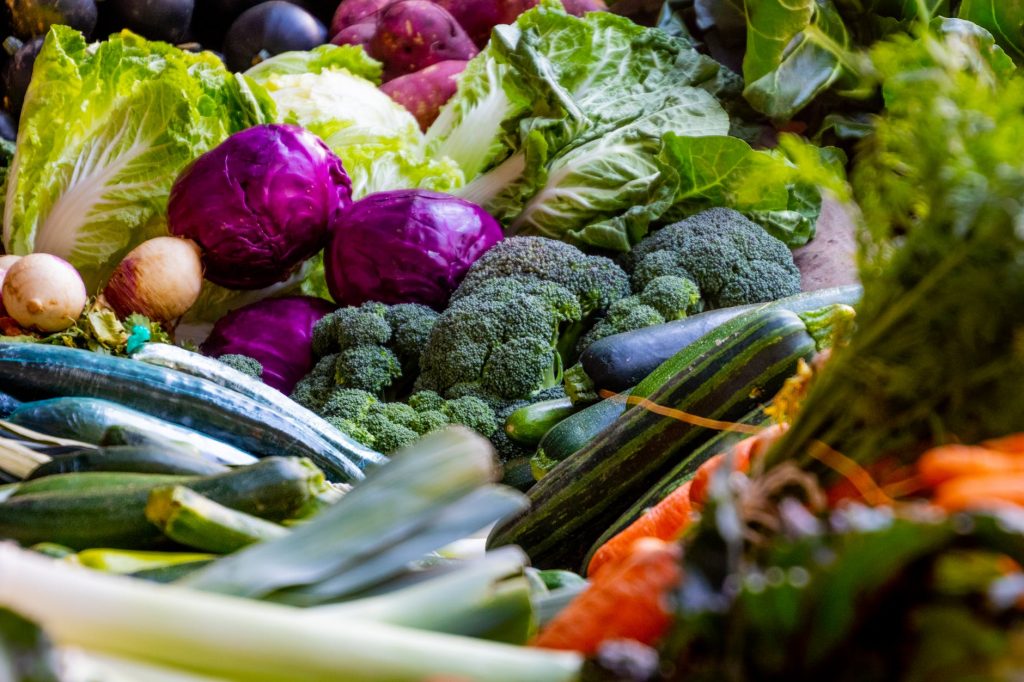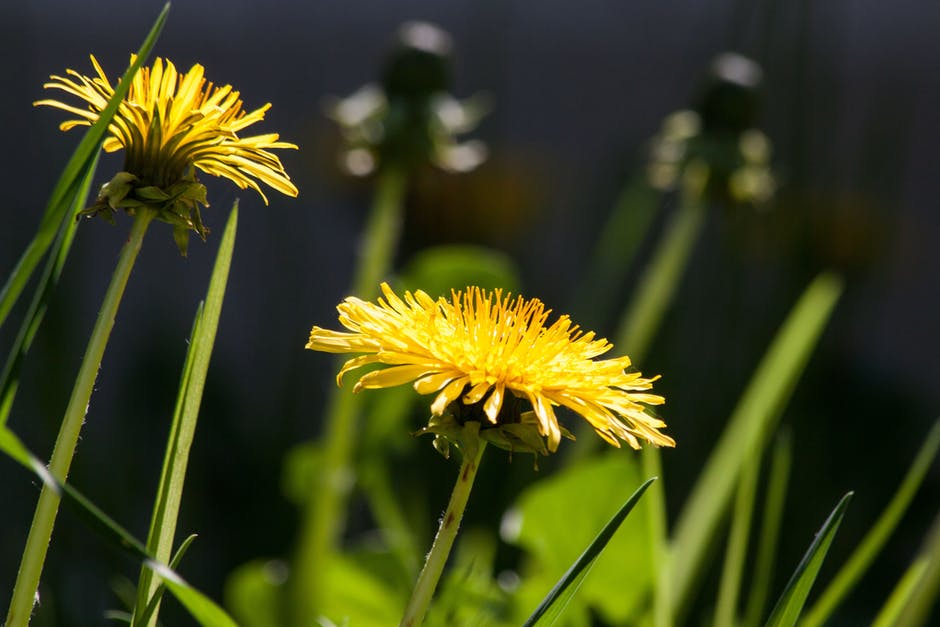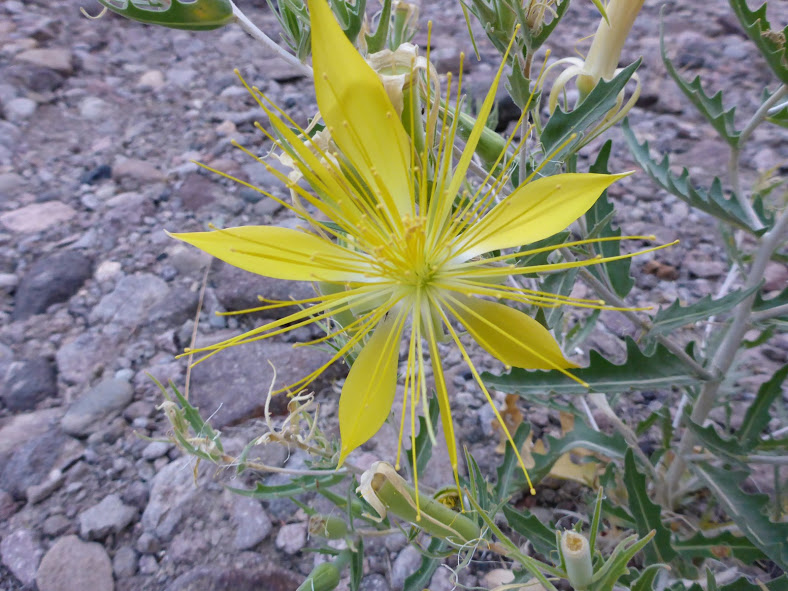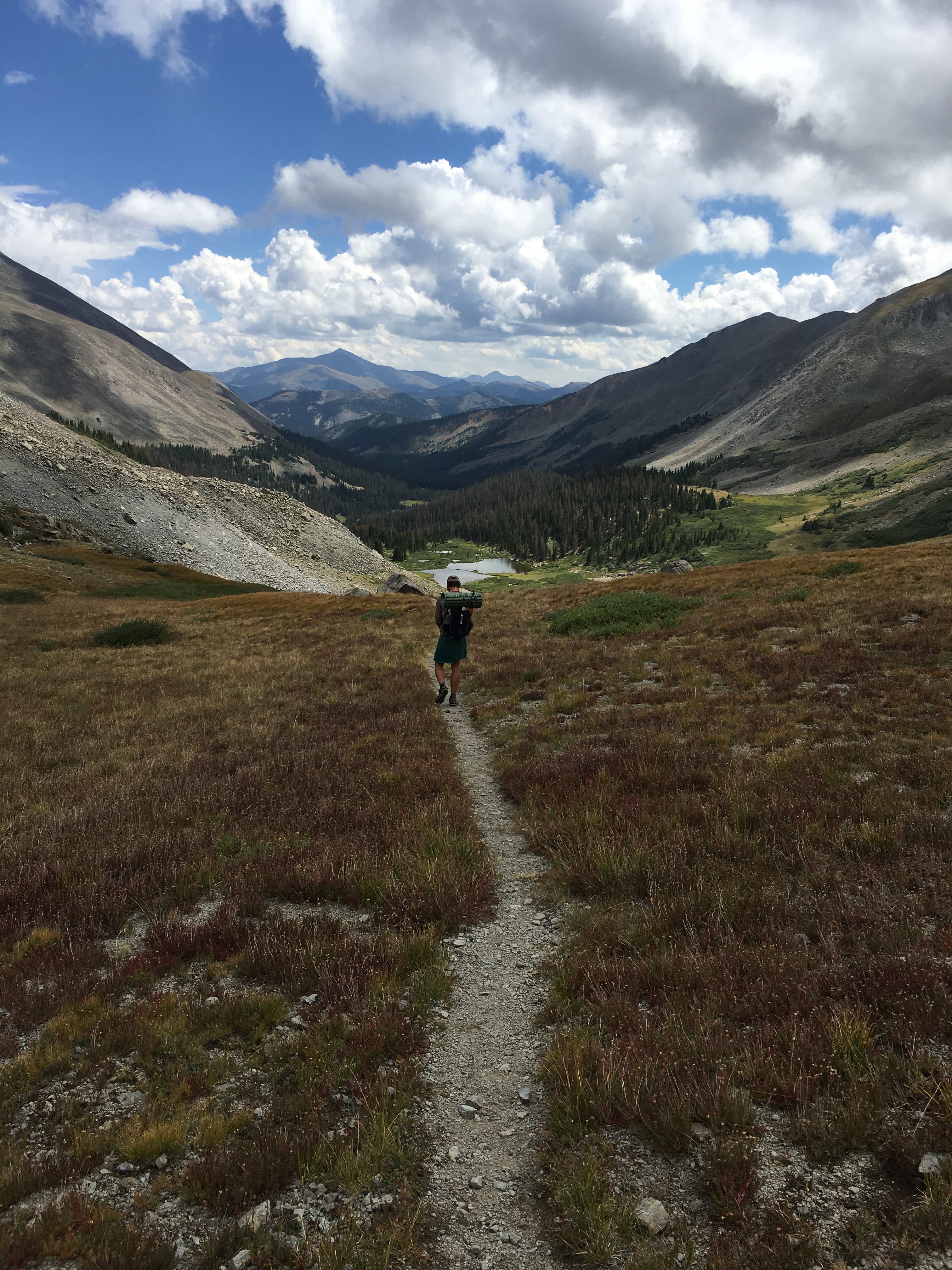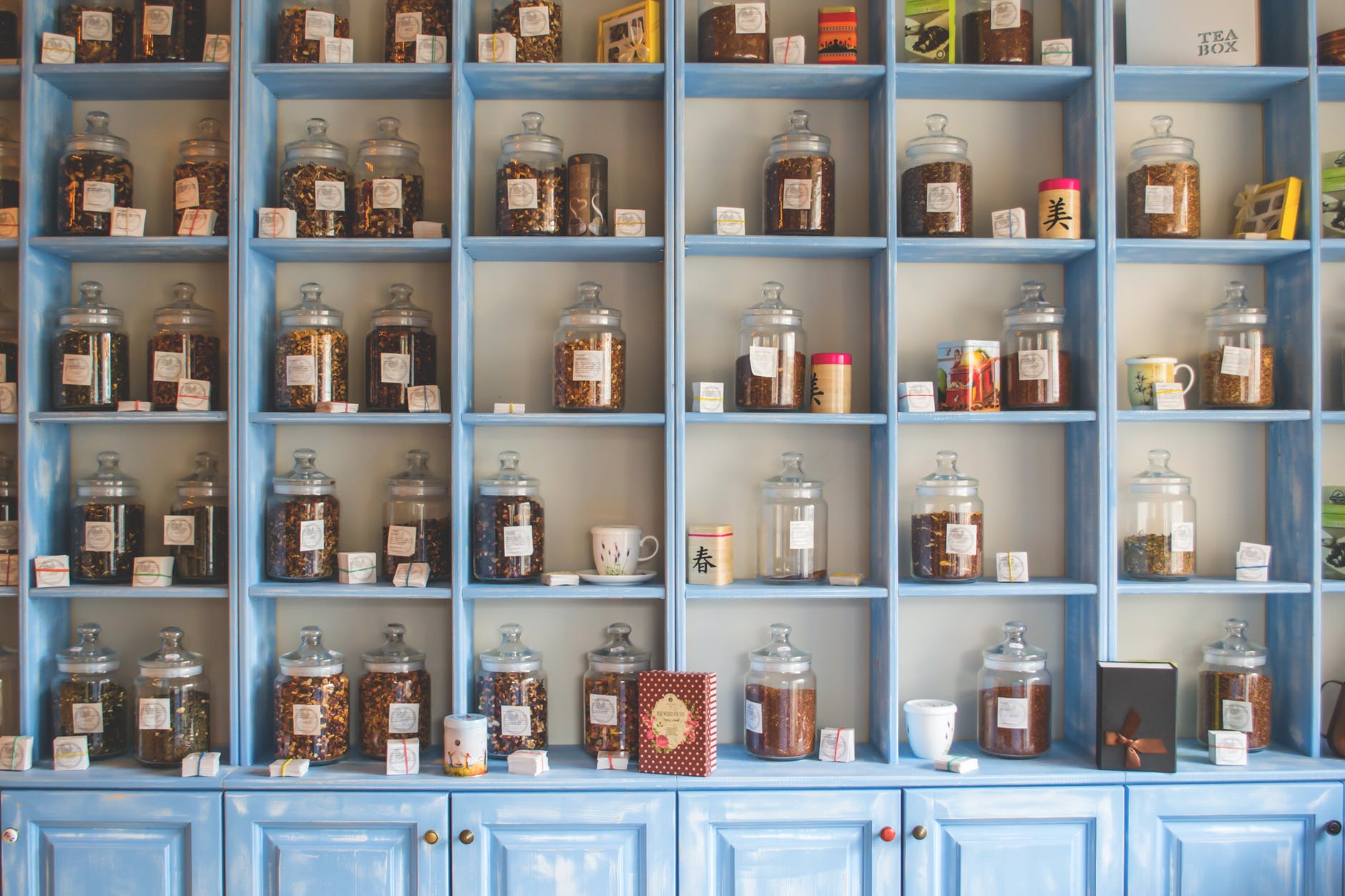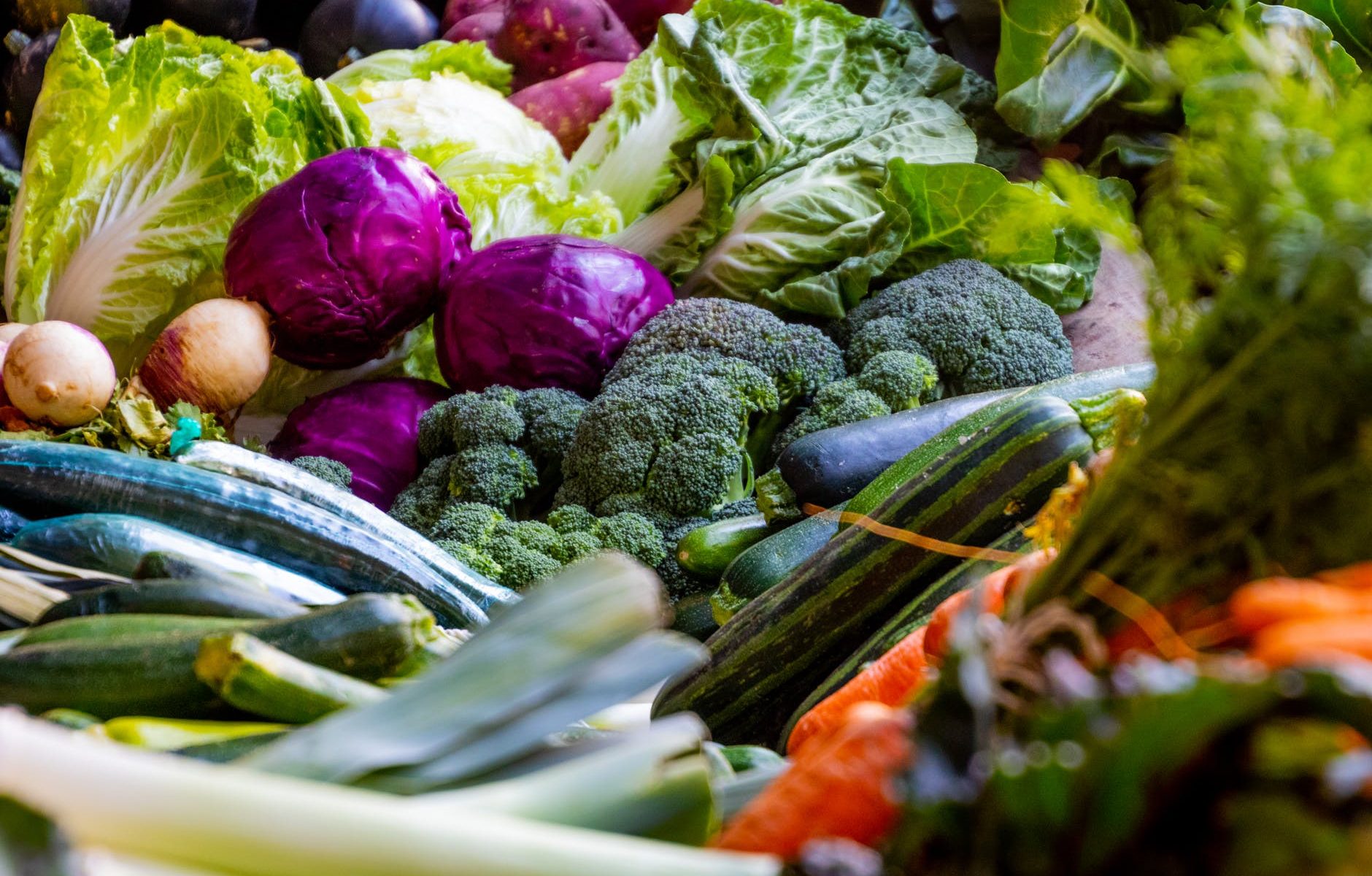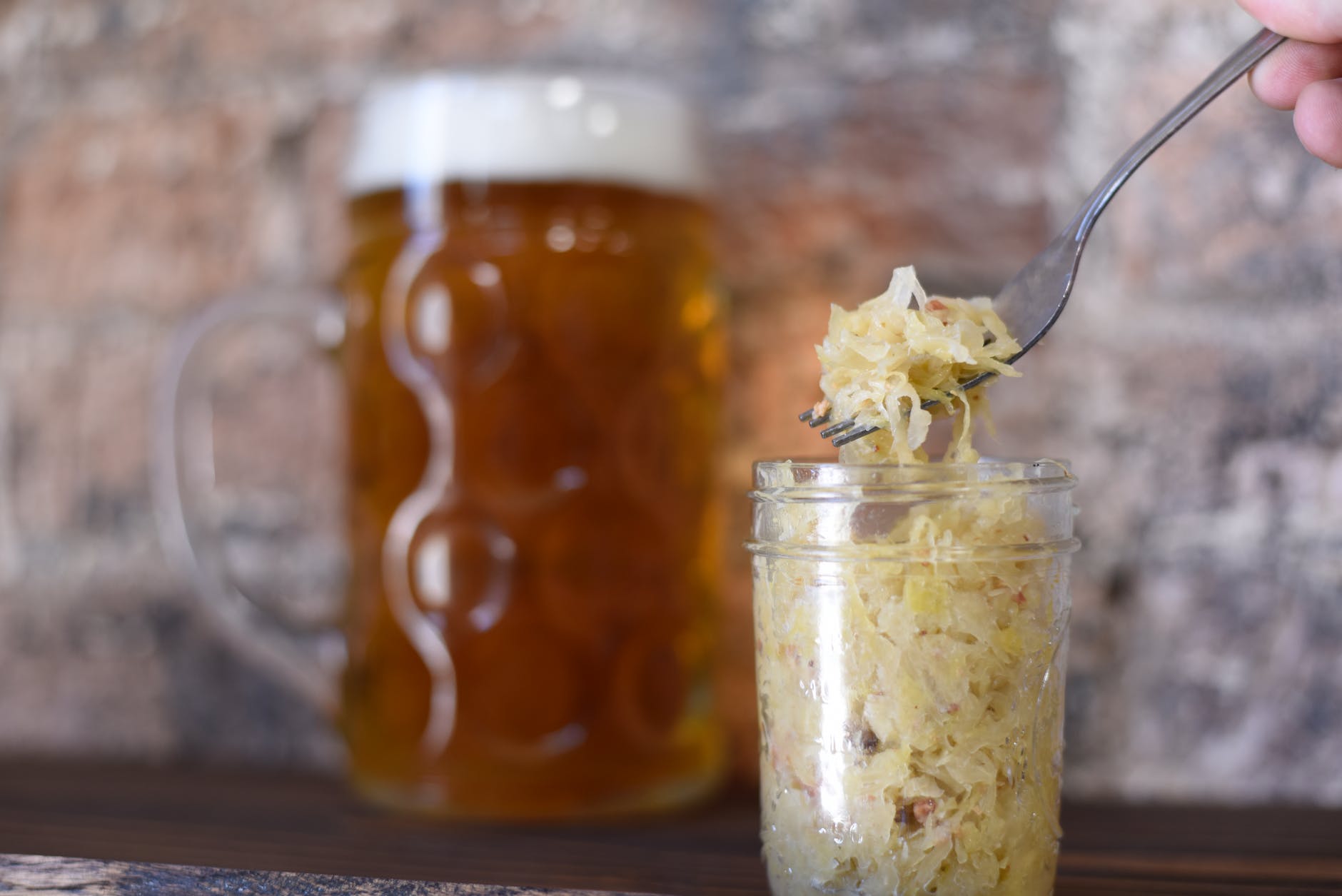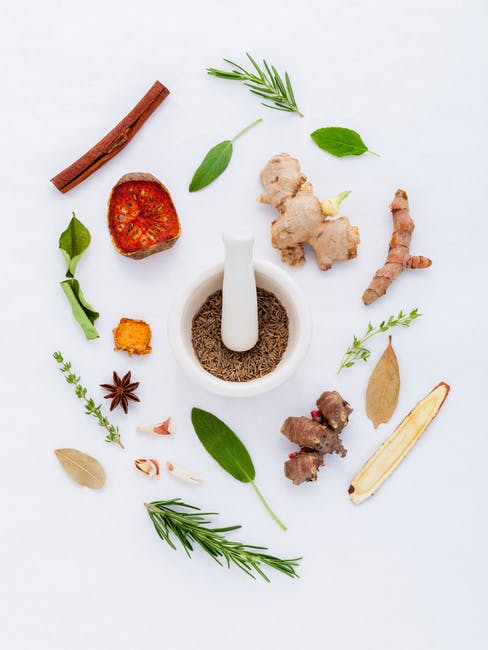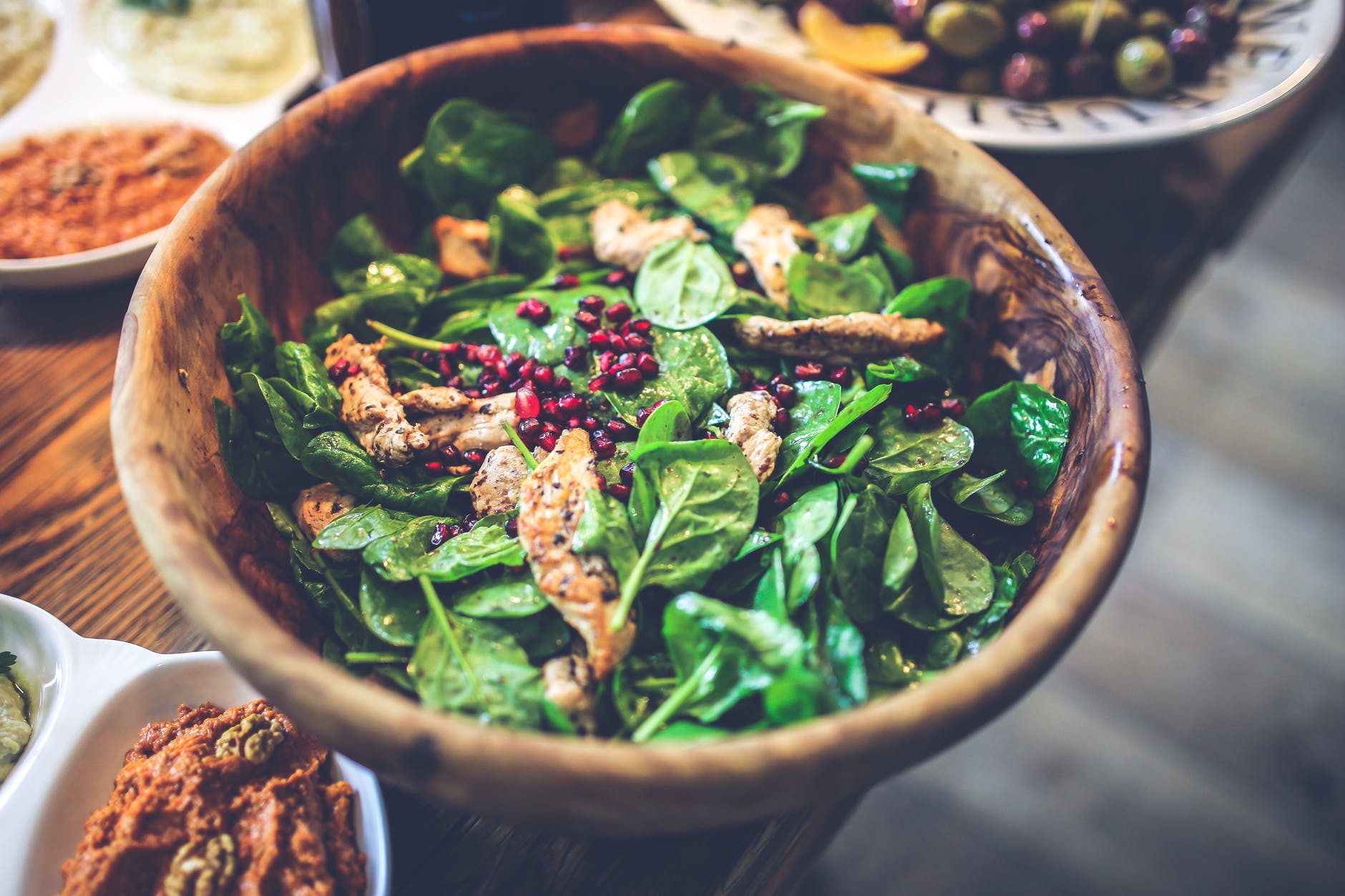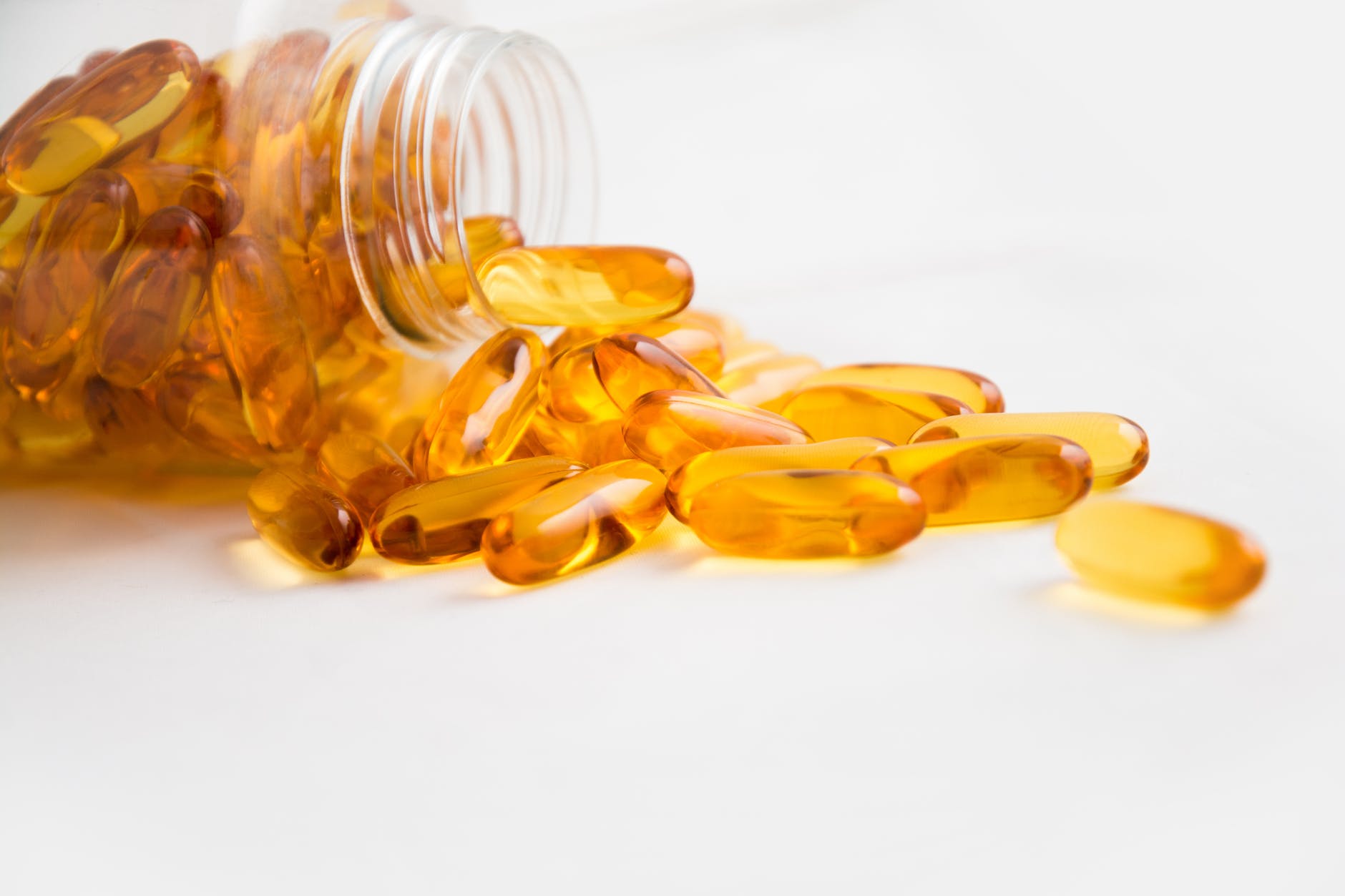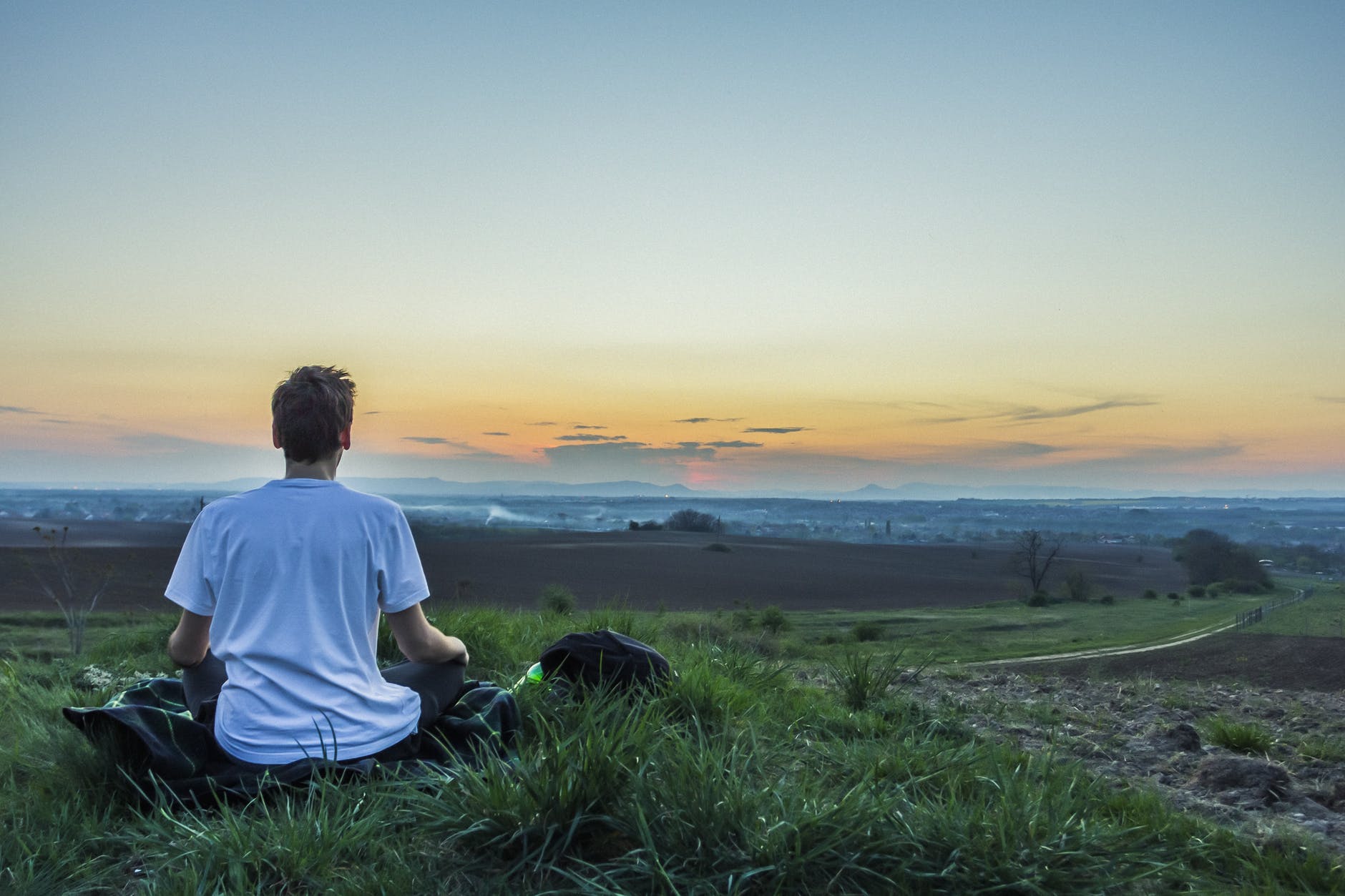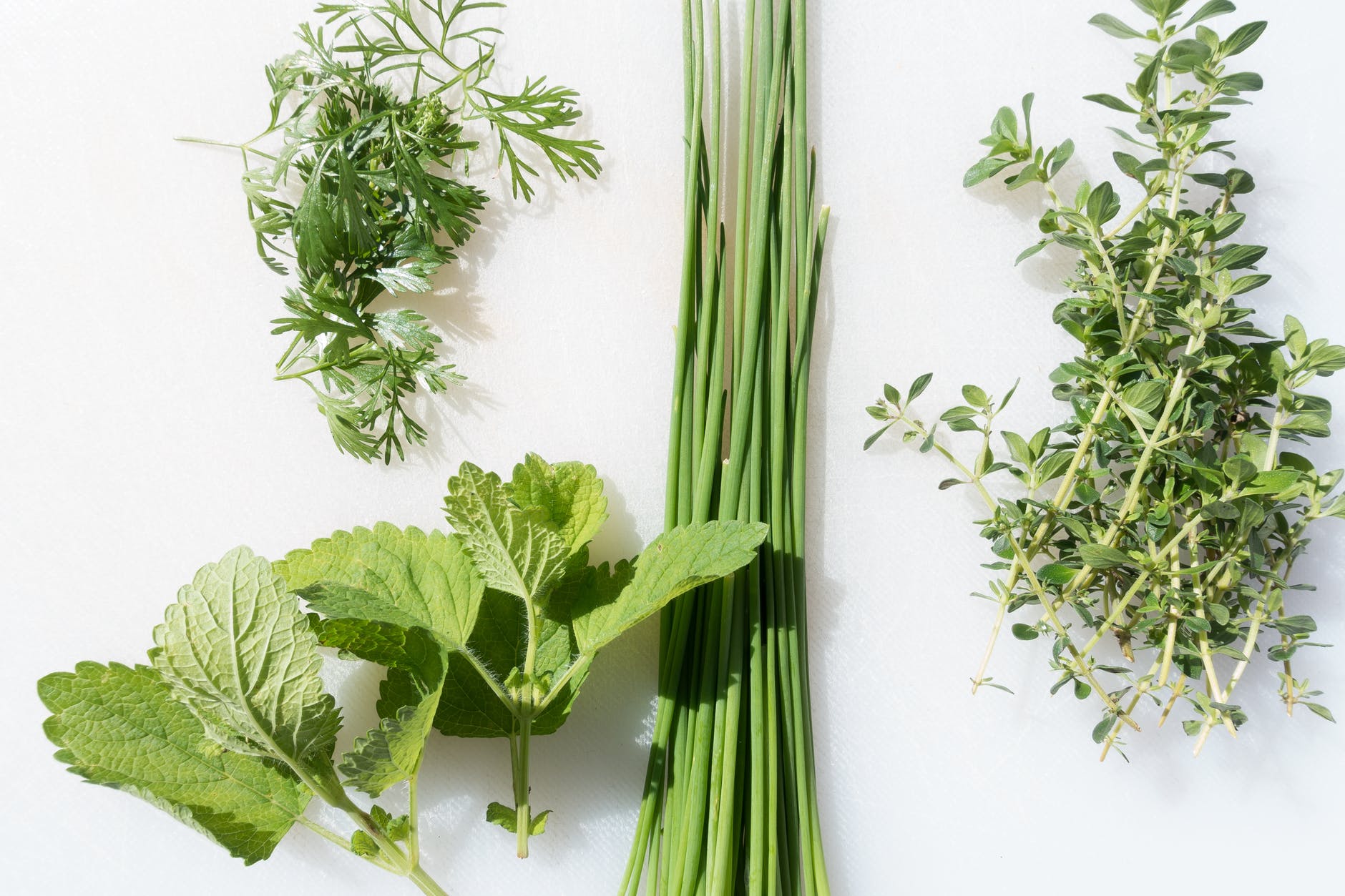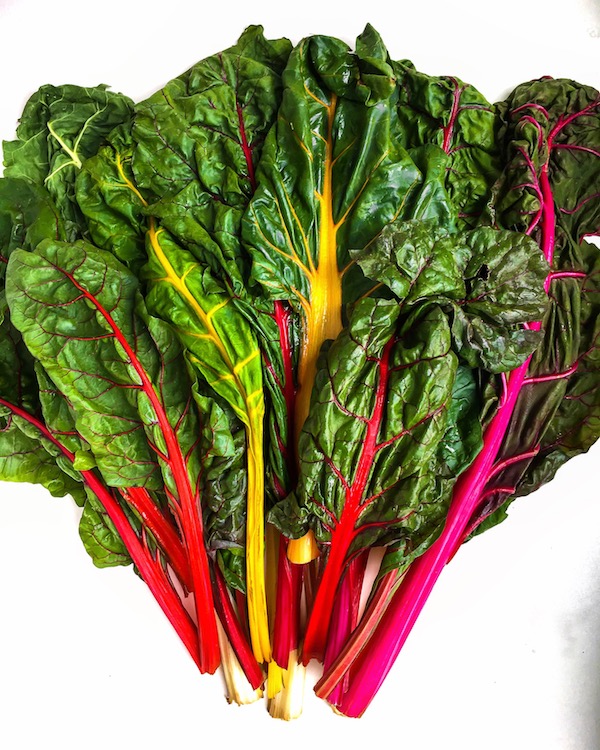In addition to the steps I took to prepare my body for this hike (which I detail here), I credit this supplement protocol with keeping me strong, healthy, and energized for 3 months of 30+ mile days. Here’s the exact stack of supplements I used for my sub-100 day CDT hike.
Why I Use Supplements
Generally speaking, I prefer to meet nutritional needs through a diet centered around whole foods. However, due to our depleted soils, our compromised food system, and our chronically stressed lives, whole foods are not always enough. Furthermore, strenuous exercise, like backpacking all day, increases the body’s needs for high quality nutrients. The lack of access to fresh food on trail adds another challenge. even when not on trail.
For these reasons, carrying a few thoughtfully chosen supplements on my backpacking trips is worth the extra weight and expense to me. Supplementing gives me more energy, improves my stamina, and boosts my immune system (which keeps illness and injury at bay). I go much deeper into the how and why of supplementing on trail in this post.
Supplements I Carried on my CDT Hike
I’m stubbornly minimalist on trail. To a fault, I’d say. But it is what it is. The point is that this list is significantly pared down from what I might take at home.
Additionally, what I carry may not be what you carry, if you choose to take supplements at all. Because our bodies are all different and have different needs.
This list is not intended to be a recommendation. It’s provided for informational purposes only. It’s also important to note that I didn’t take these every single day. I took them probably about 80% of the time.
The Method
Because I like to eat what I like to eat on trail (which I’ve explained extensively here, here, and here), I like to send resupply boxes. The way I handle supplements is that first I choose shelf-stable ones (most are, but pay attention with probiotics and fish oil). Then I look at my resupply sheet (like this one) and I divvy them up into small plastic baggies with the number of pills per baggie corresponding to the number of days of food in that box. For example, if I’m creating a bag for a 4-day stretch of trail, I put 4 of each pill into the baggie. Then I drop the bag into the box. It’s that simple.
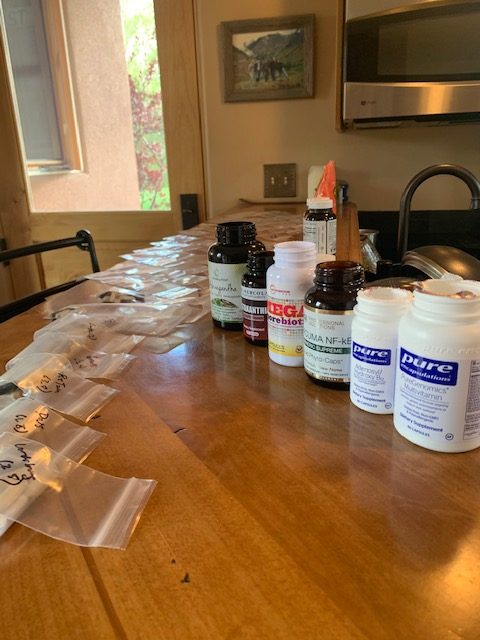
I don’t worry about supplements in the resupply stops where I don’t have a resupply box. The idea is to get them into my body often enough to boost my health significantly, but not to be overly strict about it.
I generally took my supplements with a morning meal or snack, except where otherwise noted.

These supplements went into every box:
Ashwagandha
Ashwagandha, Withania somnifera, is an adaptogen herb. That means it helps regulate the body’s stress response. The root and berry of this plant are used to make tinctures and capsules. It’s anti inflammatory, immune boosting, balances blood sugar, reduces cortisol, regulates the HPA axis, and may reduce stress/anxiety/depression. I find it most effective when taken daily for months at a time.
Astaxanthin
Astaxanthin is a reddish pigment that belongs to a group of chemicals called carotenoids. It occurs naturally in certain algae and causes the pink or red color in salmon, trout, lobster, shrimp, and other seafood. In addition to improving heart health, preventing diabetes, and decreasing the risk of brain damage from stroke, it’s a powerful anti-inflammatory agent.
Those are all great benefits, but the real reason I carry it on a long hike is that it serves as ‘internal sunscreen’ by protecting the skin from damage caused by UV (ultra-violet) exposure. On my entire CDT hike, I wore sunscreen less than a dozen times, and only on my face. I never got burnt anywhere besides my nose all summer.
Spore-based Probiotics
Probiotics have a host of benefits, including boosting the immune system, supporting brain function, and enhancing mineral absorption. These healthy gut bacteria can even contribute to hormone balance and the production of certain neurotransmitters. There are many types of probiotic supplements to choose from. When I’m backpacking, I choose a spore-based probiotic because it’s more shelf-stable than other varieties.
Additionally, certain spore-based probiotics have been shown to heal leaky gut by closing tight junctions between colonocytes, increasing the thickness of intestinal mucosa, and up-regulating secretory IgA levels that support the body’s natural defense against infections. This is important for hikers who are likely consuming little to no probiotic-rich foods, and are eating a less-than-ideal diet.
Turmeric
Turmeric, Curcuma longa, is a root from the ginger family which is known for its bright orange color and it’s role in Indian cuisine.
It’s also one of the most powerful anti-inflammatory and antioxidant herbs available. It aids in the management of oxidative and inflammatory conditions, metabolic syndrome, arthritis, anxiety, and hyperlipidemia. It may also help in the management of exercise-induced inflammation and muscle soreness, thus enhancing recovery and performance in active people. It’s a must have in my book, on trail and off.
Adenosyl/Hydroxy B12
Adenosyl/Hydroxy B12 is a vitamin B12 blend formulated for nerve and mitochondrial support. Adenosyl/Hydroxy B12 helps support carbohydrate metabolism for the enzyme methylmalonyl-CoA as well as the synthesis of neuronal myelin.
I carried this one because pre-trail blood work indicated that I was low. Speaking of which, having blood work done is a good idea before you start guzzling supplements willy-nilly. You can order your own online, but it’s a good idea to work with a practitioner. These are real compounds with real effects in the body.
Multi Vitamin
A high quality multi serves as nutritional insurance for me. This is particularly important because of the lack of fresh foods in my diet (which is where we get many of our vitamins and minerals).
The micronutrients found in a good multivitamin play an important role in energy production, hemoglobin synthesis, maintenance of bone health, adequate immune function, and protection of body against oxidative damage. Additionally, they assist with synthesis and repair of muscle tissue. Exercise tends to deplete our vitamin stores more quickly. Therefore, I like to cover my bases with a high quality supplement.
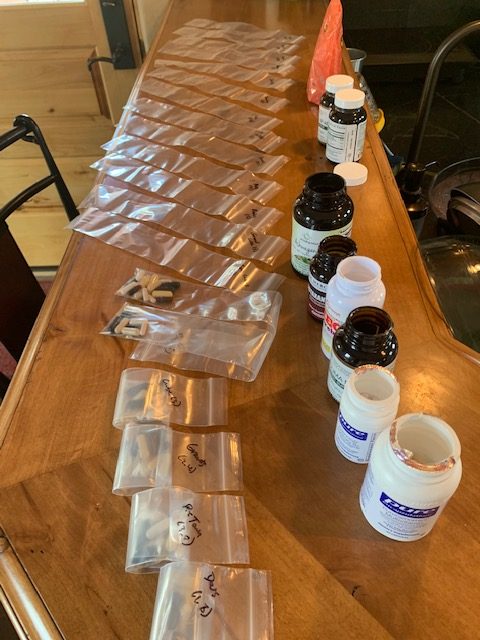
Colostrum
Colostrum is the first form of milk produced by mammals immediately after giving birth. It’s rich in antibodies and helps the body build a strong immune system. It also rebuilds gut health and can aid in recovery.
My favorite brand is Surthrival. It’s a powder that you dissolve in your mouth. I didn’t take it daily, but I included it in at least ⅔ of my resupply boxes. I’ve found it crucial in keeping my gut healthy and my autoimmune symptoms at bay. It’s best taken on an empty stomach.
Magnesium
I often took a magnesium powder dissolved in a small amount of liquid before bed. The purpose was to relax my muscles, aid in muscle recovery, and to promote sound sleep. I use this off trail as well. This is the powder I use.
Let Food Be Thy Medicine
In addition to the above protocol, I also hid extra nutrition and superfoods into my resupply box where I could. This was particularly true in my smoothie, which I had almost every single morning on trail.
It includes a greens powder, coconut milk powder, collagen peptides, chia seeds, cordyceps mushroom powder, ground cinnamon powder, ground ginger powder, and sea salt. For the full recipe and why this is such a powerful, blood-sugar balancing way to start the day, read more here.
There you have it. This is exactly how I complimented my healthy eating plan for more energy, immunity, and endurance on my sub-100 day CDT hike. For more resources on how to build strength, health, and resilience before your next adventure, see our online course Adventure Ready.
For a deep dive into performance nutrition and meal planning for backpackers, check out our online course on the topic.
Related:
Healthy Lightweight 5-Day Meal Plan
Diet & Supplements for Managing Tendonitis Naturally
How to Choose the Best Electrolytes

